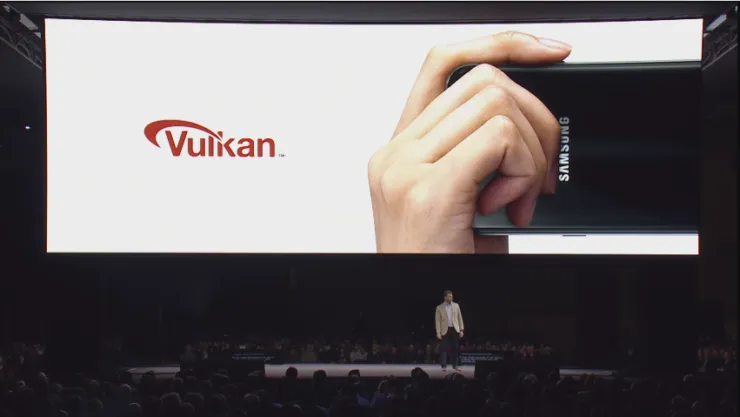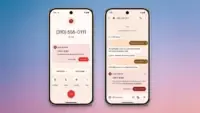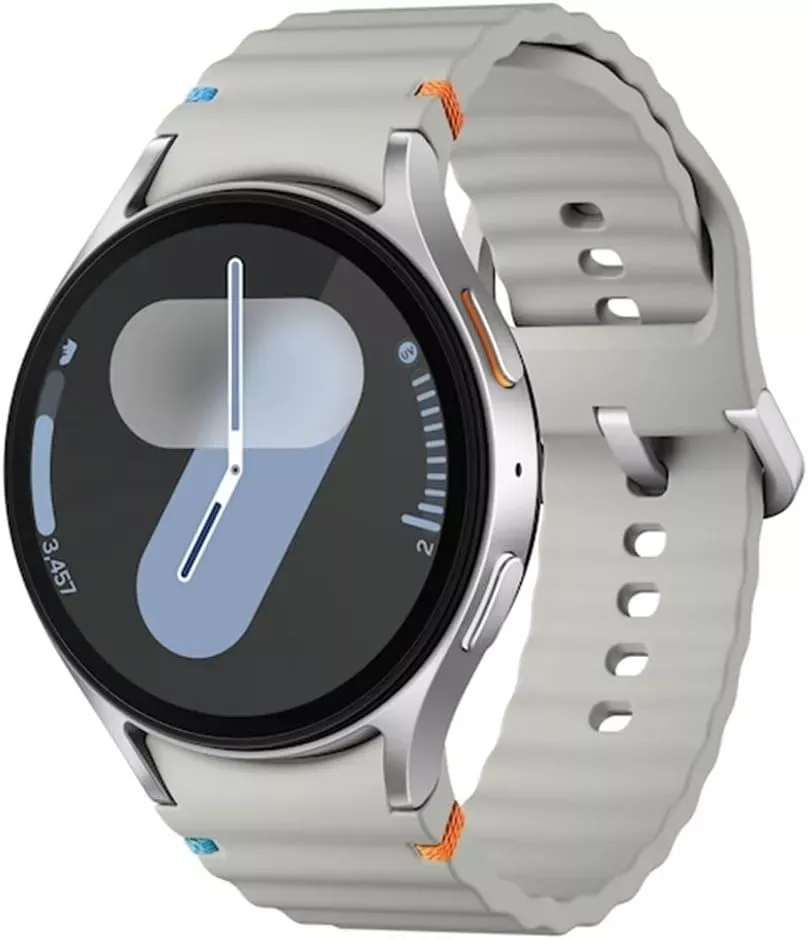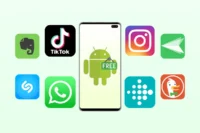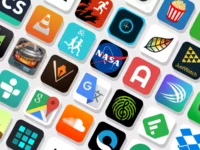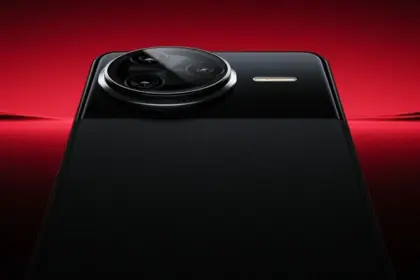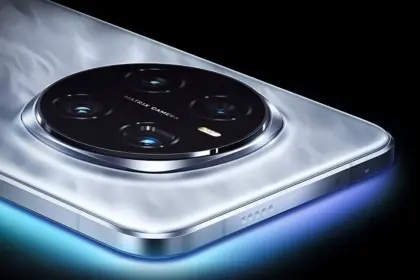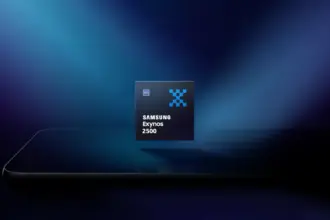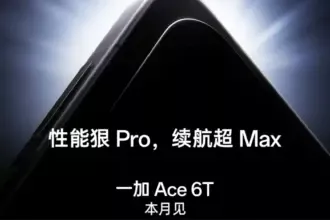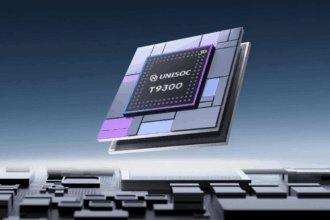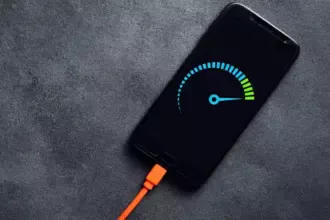The largest update in years is One UI 7, which is based on Android 15. Samsung has made numerous optimizations, performance enhancements, and UI changes. Vulkan system-wide integration is another feature of One UI 7 that offers numerous advantages.
The API is now supported across the board in Samsung’s One UI 7 update for Android 15. This important connection allows more programs to default to Vulkan rendering, including UI components. Users of the Galaxy with One UI 7 can anticipate:
- Smoother animations and transitions
- Better gaming performance
- More efficient battery usage
- Potentially better visual effects with lower power consumption
Compared to more antiquated APIs like OpenGL and DirectX, Vulkan is intended to offer more efficiency and control over GPU resources. Lower CPU overhead, improved multi-core CPU usage, more direct GPU control, and cross-platform compatibility are some of its salient characteristics.
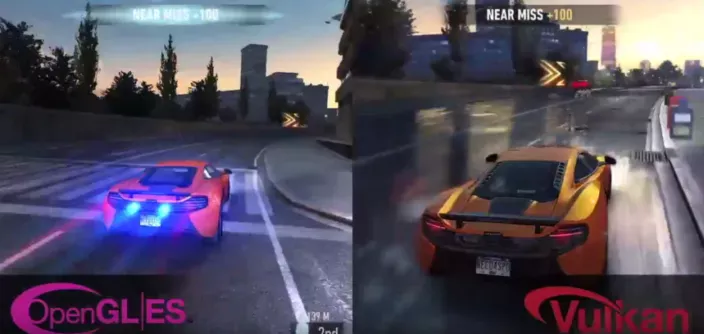
How was the One UI 7 x Vulkan update made public?
A perceptive A UI 7 Beta tester observed that the Galaxy S24’s graphics API varies. The system was using the new API in the initial beta version, but in the subsequent beta releases, it reverted to OpenGL.
One of Samsung’s Beta employees arrived to verify the update after the disclosure generated discussion in the community. Vulkan is now more widely supported as a system-level graphics API for applications and user interface components with the new One UI 7.
Yes, Android 15 (and by extension, One UI 7) has broader support for Vulkan as a system-level graphics API, and in some cases, apps and UI elements may default to Vulkan where supported.
Samsung (US Community Moderator)
The moderator also disclosed that during continuous testing, the graphics API fluctuates based on compatibility or stability issues. Additionally, the rendering behavior may change based on performance optimization, app compatibility, or device.

